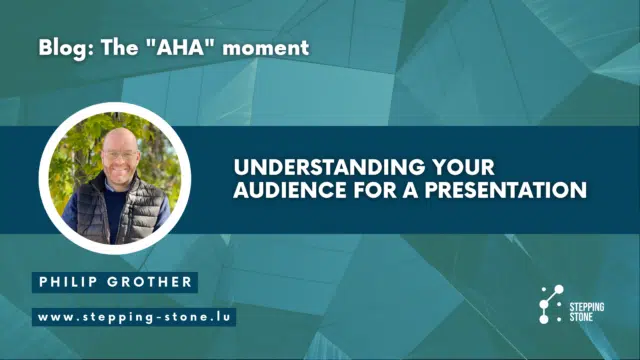Understanding your audience for a presentation is crucial to its success. By getting to know who they are, what they’re interested in, and what’s in it for them, you can craft a presentation that truly resonates with your listeners. Here’s how to get to know your audience and make your presentation a hit.
Who are they?
The first step in understanding your audience is to get to know who they are. This includes demographics such as age, gender, occupation, and location, as well as their knowledge level on the topic you’ll be presenting on. For example, if you’re presenting to a group of high school students, you’ll want to use language and examples that are appropriate for their age and knowledge level. On the other hand, if you’re presenting to a group of industry professionals, you’ll want to assume a higher level of knowledge and use more technical language.
What are they interested in?
Once you know who your audience is, you’ll want to understand what they’re interested in. This will help you tailor your presentation to their needs and keep them engaged. To get a sense of what your audience is interested in, you can do some research ahead of time by looking at their social media profiles, reading their blogs or articles, or asking them directly. You can also ask yourself what problems or challenges your audience is facing, and how your presentation can help them solve those problems or overcome those challenges.
What’s in it for them?
Your audience is more likely to pay attention to your presentation if they see value in it for themselves. So, it’s important to clearly articulate what’s in it for them. This could be practical takeaways that they can apply to their own lives or careers, or it could be something more intangible, like inspiration or a new perspective. Whatever the benefit, make sure to emphasize it throughout your presentation so that your audience knows why they should care.
Why should they care?
It’s not enough to simply tell your audience what’s in it for them. You also need to explain why they should care about what you’re presenting. This means making a connection between your topic and your audience’s interests, needs, and values. For example, if you’re presenting on the importance of sustainability, you might talk about how it impacts the planet and future generations, but you should also explain why your audience should care about these issues and how they can make a difference.
Call to action
Once you’ve grabbed your audience’s attention and shown them the value of your presentation, you’ll want to give them a call to action. This could be as simple as encouraging them to ask questions or follow up with you after the presentation, or it could be more specific, like asking them to make a change in their own lives or work based on what they’ve learned. Whatever the call to action, make sure it’s clear and actionable so that your audience knows exactly what to do next.
In conclusion, understanding your audience is key to giving a successful presentation. By getting to know who they are, what they’re interested in, and what’s in it for them, you can craft a presentation that truly resonates with your listeners and inspires them to take action.


